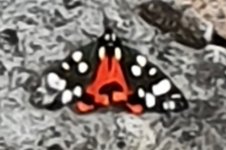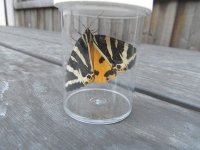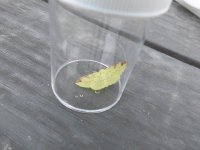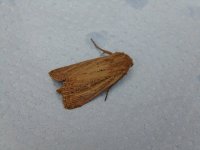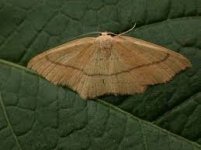rick
Active member
bigyetiman said:That looks good Rick, good luck with ID
There is a great site Xeno Canto which has worldwide birdsong on it, which can be useful for listening to all the calls of birds.
Do let us know what the bird is
Wow! Xeno Canto - you can bet I bookmarked that!
I'm strictly a (almost) beginner when it comes to identifying birds - by sight or sound. But have realised that I can hear far more than I can see and most of what I hear I can't recognise (other than the lovely blackbirds, crows, mallards, coot, moorhens, sparrow, greenfinch, magpies - all the urbanish and relatively bold characters.)
The main problem with song (etc.) is narrowing the search of possibilities. I've grabbed the audio from https://www.british-birdsongs.uk/ and bought a cuckoo whistle as a thank you (looking forward to that) in order to try to map out things without the pleasure of going for regular local walks with a handy guru!
However, it is very refreshing and totally absorbing to go out with no other purpose than to listen!
I think I can do it but its taking some setting of categories, not to fully describe the song/call etc. but to narrow the search somewhat.
Obviously, also seeing the bird (even a glimpse at a distance) would help a great deal!
(Nerd alert! Sensible people wouldn't do it this way!)
Currently working on 12 'radicles':
Rattle – rapid amplitude modulation
Short packets – phrases or notes < 1s
Long packets – phrases or notes > 1s
Modulation – frequency modulation within notes
Chatterbox – complexly verbose / high variation in phrases or phrase components
Harmonics – sharp and distinct harmonics
Broadband blurring – fuzzy wide spectrum harmonics
Hysteresis – tone switching within a note at a change of vector
Flags – tone sweeps or steady notes with smooth amplitude envelopes
Hoop/Gutter – sinusoidal changes in vector
Peak/Valley – triangular changes in vector
Bottle notes – spreading frequency close to a note (usually with a smooth envelope)
Centre f – average frequency of highest amplitude

